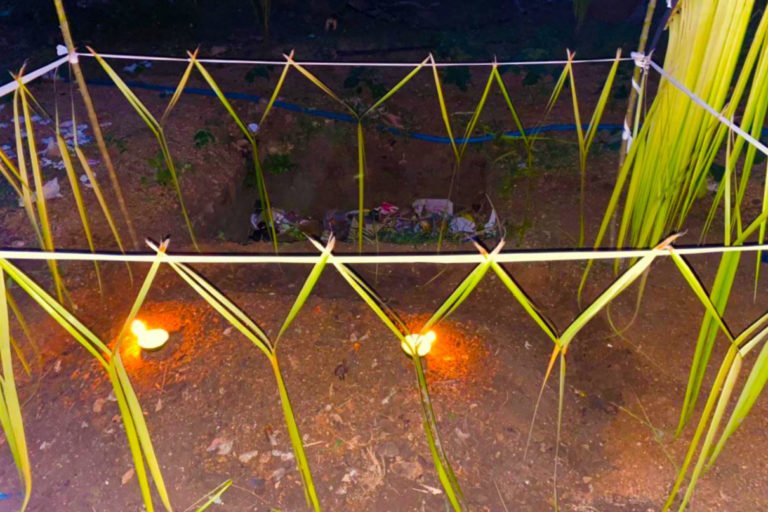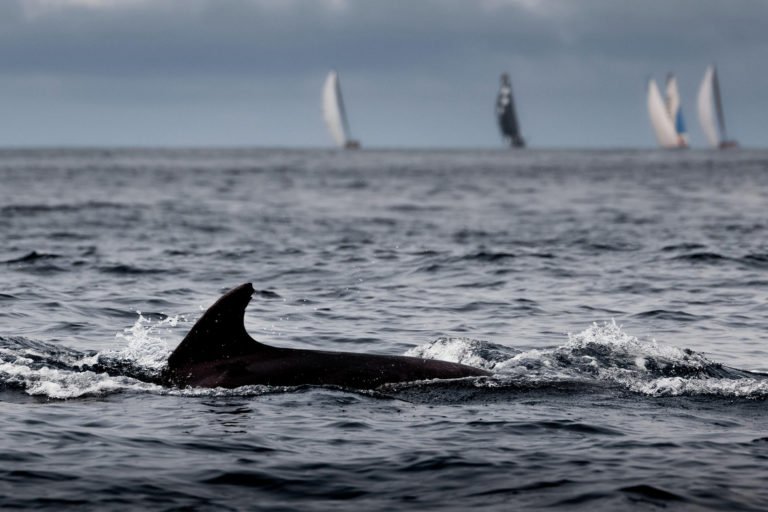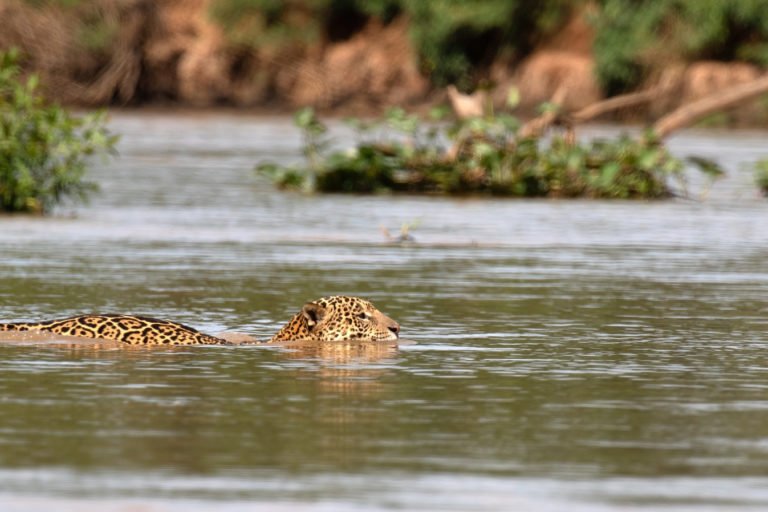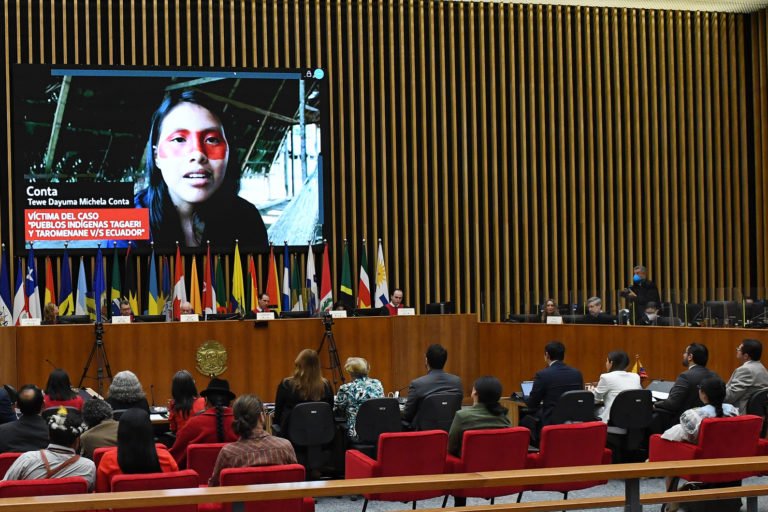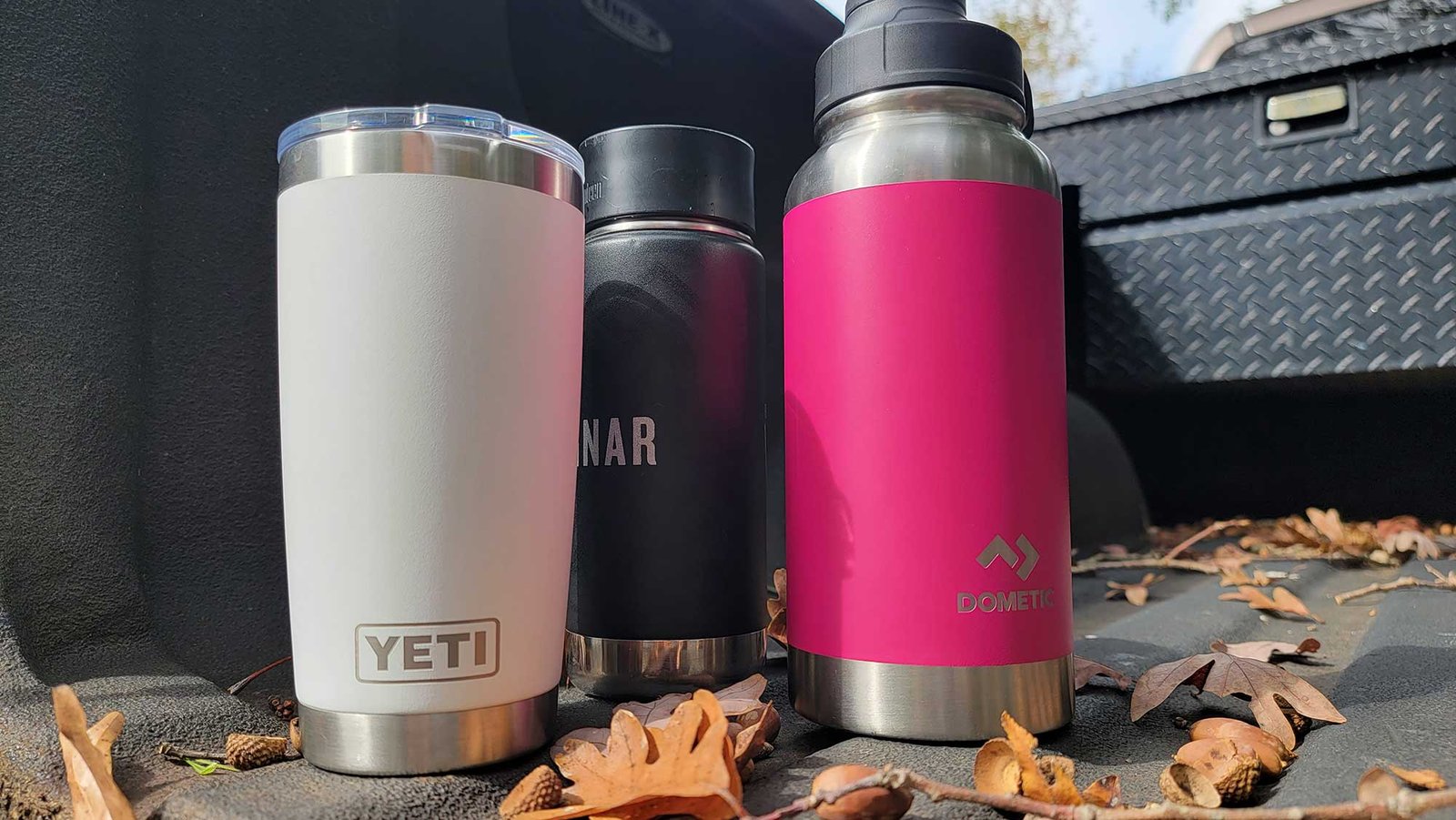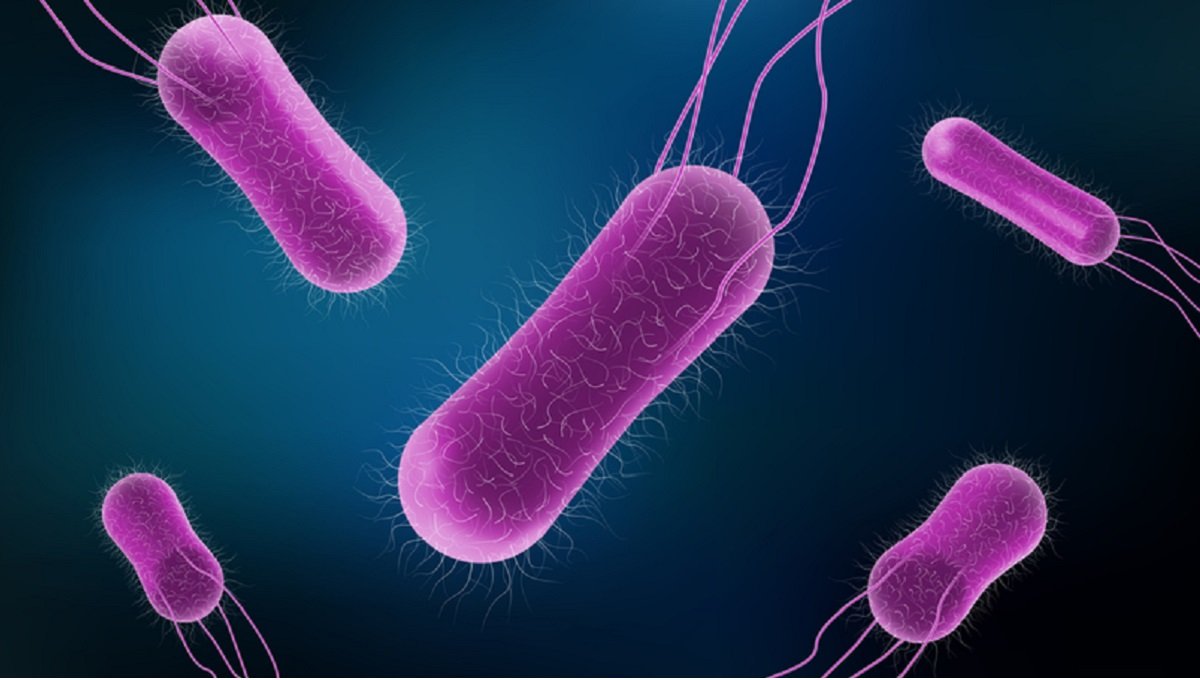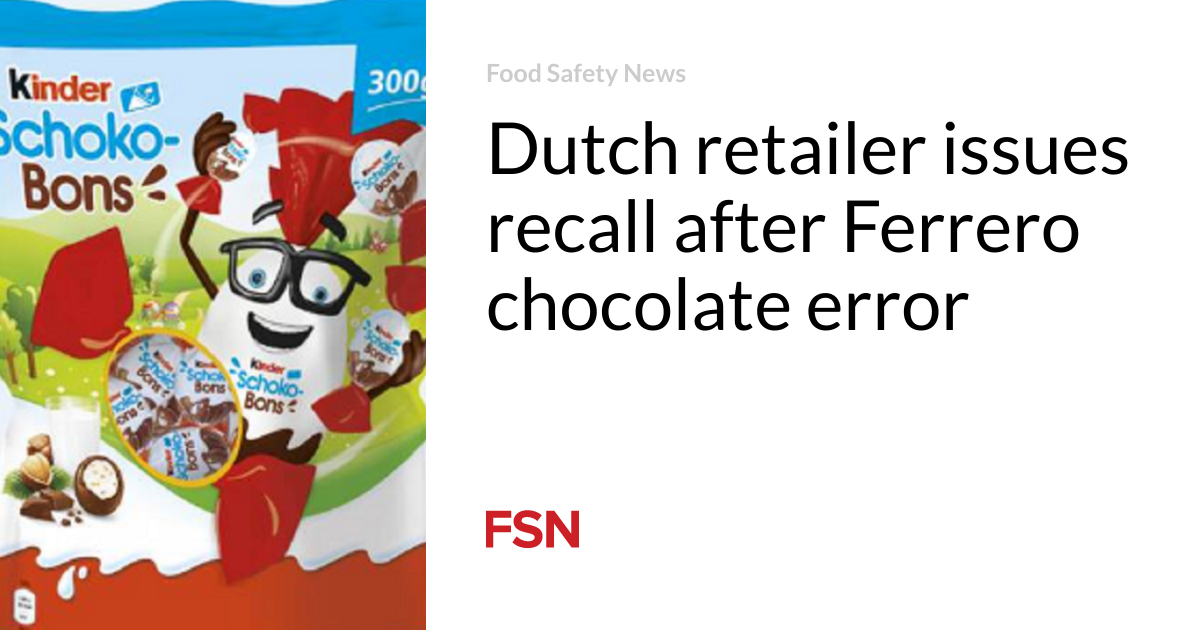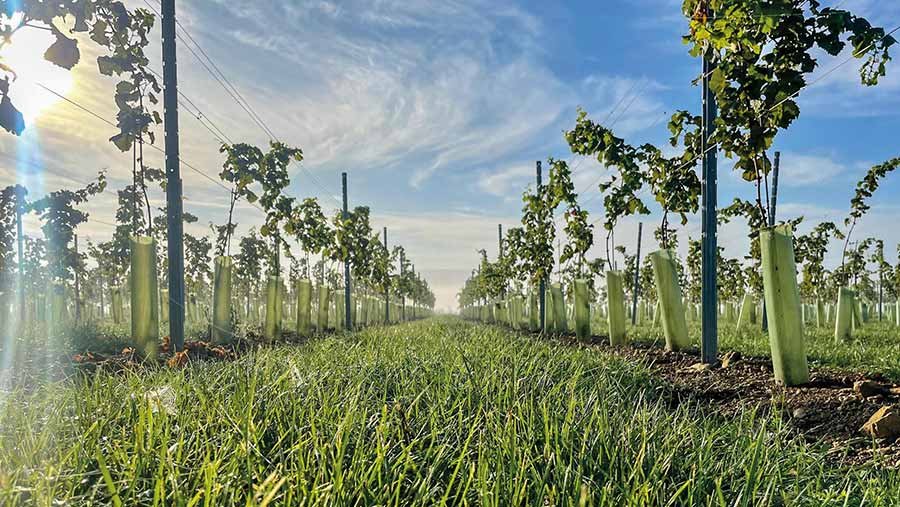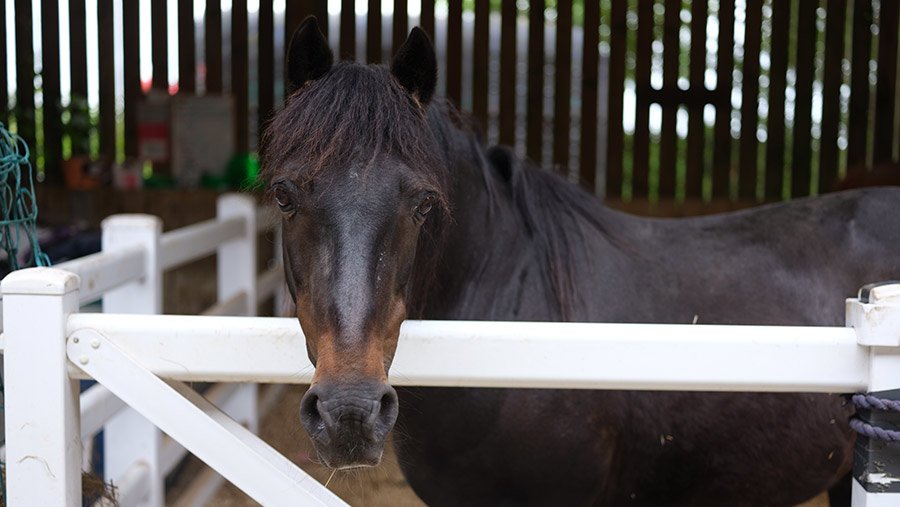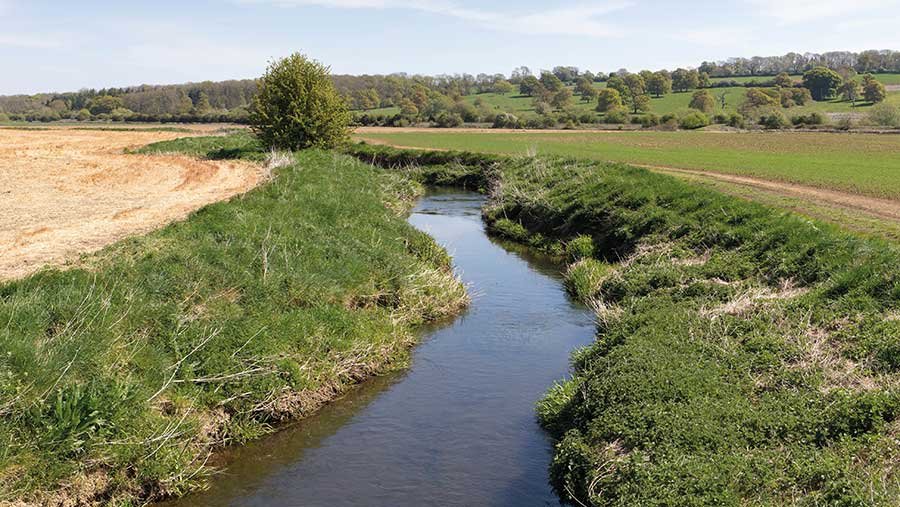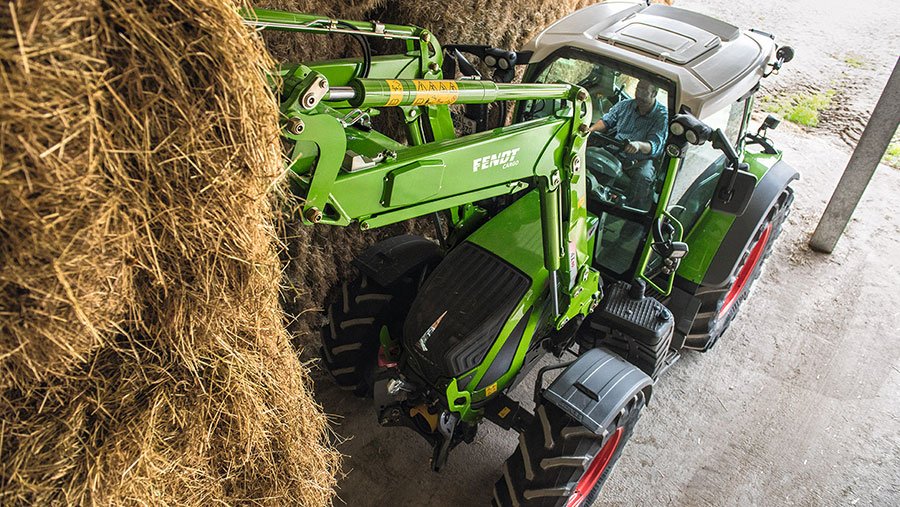- For 15 years, the Quatis Project has monitored coati populations in Belo Horizonte’s Mangabeiras Municipal Park. Interactions with visitors, local residents and domestic animals contribute not only to increased population density but also to the exchange of diseases among wildlife, animals and humans.
- The large supply of human garbage and food in the park area, combined with lack of natural predators, has caused the coatis to proliferate. Population density there is now three times higher than in other more preserved areas where they also exist.
- The Quatis Project is headed and led mostly by women. Since its creation, a devoted team of researchers has fought for female visibility in science, fieldwork and biodiversity conservation in Brazil.
- Massive and lasting environmental education among the population is one of the few possible solutions for conflicts with wildlife at the Mangabeiras Park.
Feeding wild animals is a common habit in Brazil. Whether it is for the opportunity to approach and observe them up close or take a picture, or because of the thought that they lack enough food in their natural habitat, many people share some of their own food with native birds and mammals. However, this seemingly harmless habit may have adverse consequences for the animals’ health, in addition to causing environmental imbalances and conflicts with humans.
In Belo Horizonte, the capital of Brazil’s Minas Gerais state, the Mangabeiras Municipal Park has been transformed into an outdoor experiment in the complex consequences of artificially feeding wildlife. With 235 hectares (580 acres), it is one of the largest urban parks in Latin America. It is located between the Mangabeiras neighborhood, home to some of the city’s wealthiest residents, and Aglomerado da Serra, a district where thousands of people live in high social vulnerability. The area is widely used as a public leisure space.
The park is home to one of the largest known coati populations: about 30 individuals per square kilometer (77.7 per square mile) — a population density three times higher than the average in other areas where they live. For 15 years, that population has been closely monitored by the Quatis Project team led by biologist Nadja Simbera Hemetrio, who holds a master’s in ecology. The project seeks to understand the origins of the unusually high local coati population as well as the effects of their interactions with humans, domestic animals and the urban environment on their ecology and health: “We want to find measures that bring about a healthier relationship between wildlife and people,” the researcher says.
Coatis, fast food and lots of young
Coatis (Nasua nasua) are midsize carnivores of the Procyonidae family, which also includes raccoons and kinkajous. They are extremely social animals and may form large packs. Despite moving very well on the ground, they are excellent climbers and get into trees with ease. With their long, malleable snouts, they sniff out everything under leaves, tree bark or earth.
Coatis are natural inhabitants of Brazilian forests and occupy all of the country’s biomes. In the wild, they are omnivorous and feed on virtually everything they can find: fruit, seeds, insects, worms, mollusks, spiders and even vertebrates such as birds, frogs, lizards and small mammals.
Finding any of these items in the wild takes time and effort, and the energy return is often much lower than that provided by a chocolate bar or a packet of chips, for example. This means that in the presence of humans, finding plenty of food has become easier and faster. For coatis, staying around a group of tourists to attempt small advances over their picnic is more rewarding than looking for food in the forest — which does not mean that there is no food for them in their natural habitat.
And the geographical, social and environmental context of the Mangabeiras Park makes these opportunities much more common: numerous visitors, snack bars, accumulated garbage and a neighborhood full of bars, restaurants, residences, shops and trash barrels are perfect for coatis.
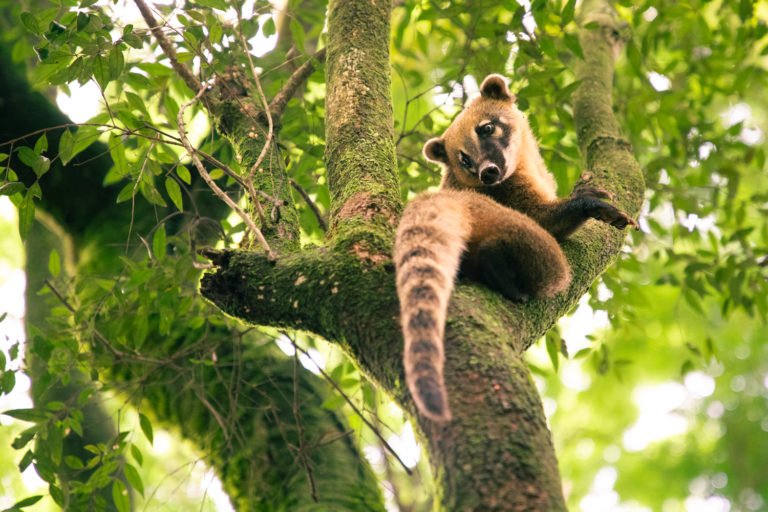
More food means more reserves, more energy, which can be spent in exploring new areas, looking for better shelter, building safer nests against predators (yes, coatis build tree nests), defending territories and, of course, breeding and caring for the young. In nature, larger food supplies almost always lead to population increase, as animals can afford to invest more time and energy in mating. In the absence of their natural predators such as jaguars, alligators and wolves, coatis find no limits to expanding their population.
As a result of the abundance of food in the Mangabeiras Park area, the coatis have multiplied and become more daring, moving on to explore adjacent areas, including the city. Over time, the situation has snowballed: they have begun to enter nearby houses, especially where welcoming hosts reward them with snacks. Today, they climb walls with unparalleled dexterity, get through windows, search the garbage and occasionally even enter hospitals, police stations and businesses.
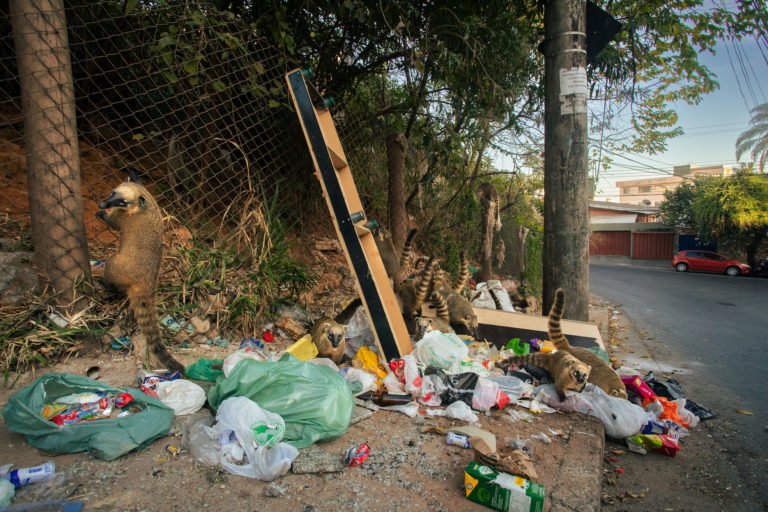
Elenice Antunes owns a food truck and works near the Mangabeiras Park, close to a large hospital and the Serra do Curral Park, another municipal area with its own coati population. She says the coatis pay her daily visits since she set up her business. They have “robbed” her food truck on several occasions: they get on top of the vehicle, climb on doors and windows, tear food packages open, knock down kitchen utensils, rummage through the garbage and run away as quickly as they arrived.
“Now I always leave the trash can in the truck, and I close everything as soon as I see them,” Antunes says. She also says the lack of regular garbage collection in the area ends up attracting wild animals and worsening the problem. “I’m afraid they might hurt someone. One of these days, they were climbing on a very frail old lady. A scratch by those sharp claws could seriously injure her,” she adds.
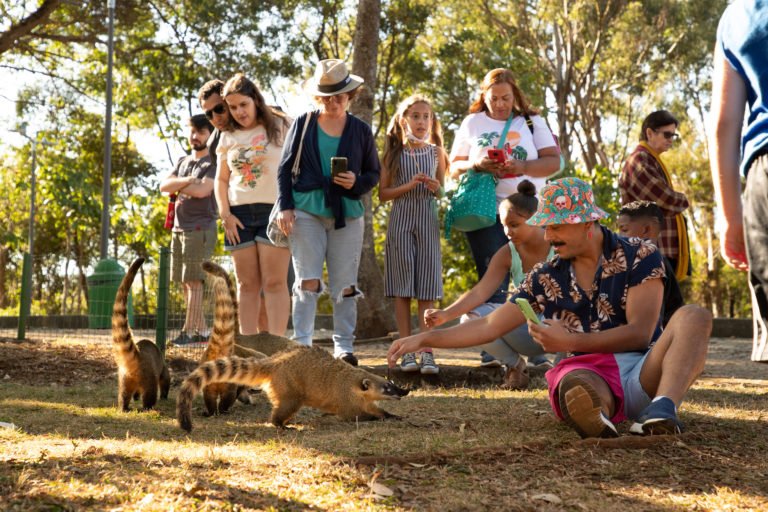
Population survey
One of the pillars of the Quatis Project is to understand the dynamics of the coati population in the Mangabeiras Park and adjacent areas. For this, scientists use a method called mark and recapture. “Based on the proportion of individuals marked and recaptured between field campaigns, we are able to estimate the total population of a species in a certain area,” Hemetrio says. Basically, it shows what proportion of the population is actually sampled in the captures and what portion probably escapes the researchers’ attention. Comparing the numbers between field campaigns, it is also possible to know how the population behaves over time.
In addition to a population density three times above the average, Hemetrio and her team find that, in the Mangabeiras Park, coati bands are more numerous and, apparently, birth rates tend to be higher. Females who would normally give birth to two to seven kits may have more offspring in a situation like that — an average of six. Mortality rates among the young are lower, and the animals live longer. As coatis reproduce synchronously every year, the long-term effect can be disastrous, with a considerable population increase.
Analyzes of blood samples also point to low genetic variability among the coatis from the Mangabeiras Park. In practice, this means they are not displacing much and are mating among themselves, doing little gene exchange with populations outside the park. Hemetrio’s hypothesis is that with larger food supplies, the animals began to move less around the landscape. They are comfortable in the park, so to speak.
The Quatis Project has captured more than 300 individuals throughout its almost 15 years of existence, and many have already died — that is, they are no longer part of the population. Meanwhile, others were born and mated, fulfilling their role in perpetuating the species. “Today we have a fuller picture of the behavior of coatis, their population dynamics and health. Since we’ve been monitoring the populations of the park for a long time, we were also able to follow the life history of the animals, from birth to death,” says Hemetrio.
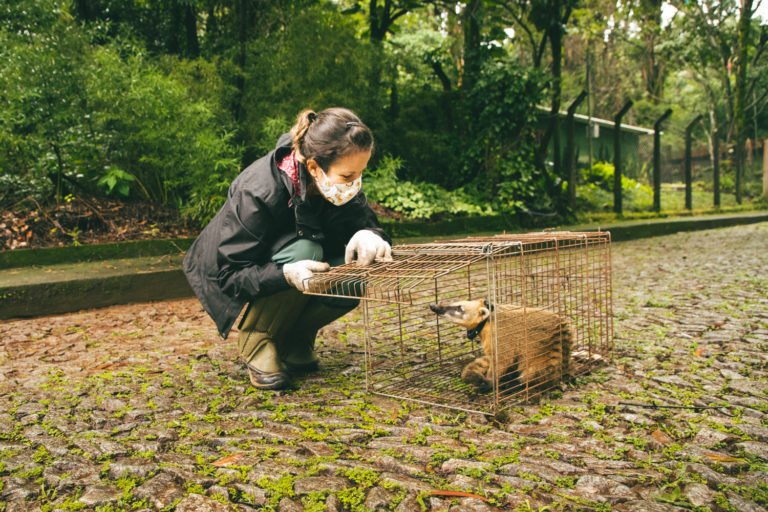
Risk of disease transmission
Conflicts between coatis and domestic animals are not uncommon: stray dogs often enter the park, pursue and attack the coatis, in some cases causing real massacres. Such contact is not only dangerous for both sides but may also transmit diseases and pathogens.
The project’s vets have already identified a series of vectors and etiological agents in coatis, including ectoparasites such as ticks, lice and fleas, as well as nematodes, bacteria, viruses and hemoparasite protozoa with high zoonotic potential. Several of these organisms are shared with domestic dogs, cats and horses, and some also pose risks to human health.
They cause or transmit diseases such as spotted fever, leishmaniasis, leptospirosis, rabies, distemper, babesia and scabies. The higher the contact between coatis, people and domestic animals, the higher the chances that these diseases will spread and cause damage to public health, such as outbreaks of new epidemics.
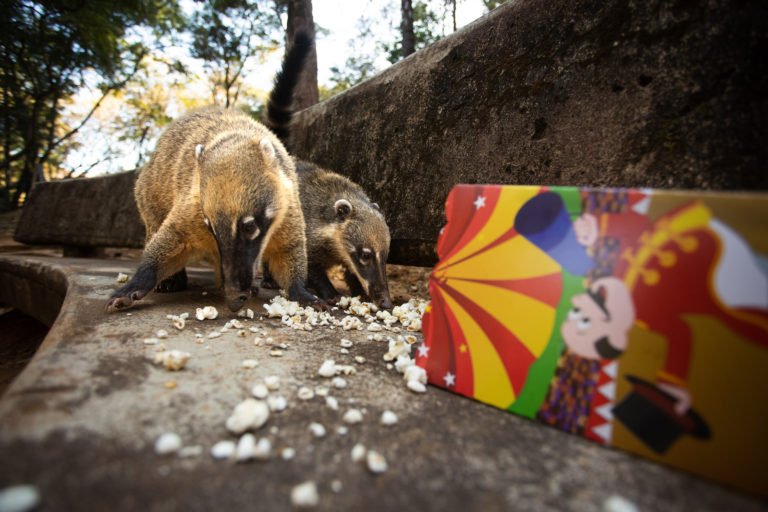
Conservation warriors
Hemetrio used to go to the park long before she became a biologist. Walking in the woods was part of her childhood, and when she arrived there, armed with her degree and scientific enthusiasm, she already knew every corner of the place. She started studying coatis in college, for her undergraduate thesis. Then she wrote her master’s dissertation on the same topic and later joined the Belo Horizonte Municipal Parks and Zoological-Botanical Foundation, where she now serves as environmental education manager.
“The Quatis Project is essentially female-based, designed and managed by women,” she says. Of course, several men have been working on the project and contributed to it over the years, but the overwhelming majority of team members are women. Biologists, veterinarians, geneticists, ecologists, parasitologists, interns and field assistants — a legion of women determined to break all paradigms held by professionals in the field about fieldwork and other activities seen as “male.”
“I’m extremely grateful for having contributed to the training of so many researchers and being able to work alongside such incredible and hardworking people. The project has always shown that women can handle any job, and we hope it inspires other women who want to bring positive change to the world,” Hemetrio says.
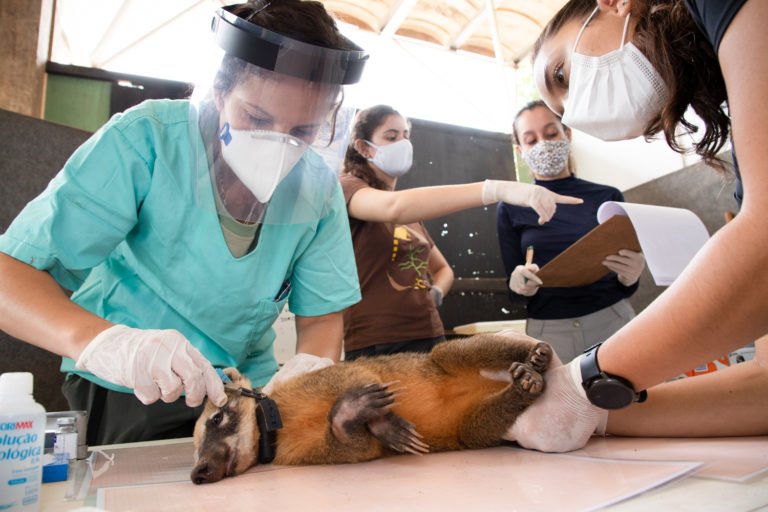
Environmental education
One of the most important actions carried out by the Quatis Project is an ongoing environmental education program in partnership with the Municipal Parks and Zoological-Botanical Foundation as well as the private sector. It consists of a plan to communicate with the population through talks, booklets, signs, posters, interactive activities, lectures, cultural events and exhibitions that include park visitors and employees, local residents, schools, commercial establishments and neighborhood associations.
“Without working on people’s perception of coatis and their feeding habits, the problem of overpopulation will never be solved. All conservation projects must focus on people because people create impact. There is no conservation without people,” Hemetrio explains. This involves not only an expository approach but also the ability to listen to what they have to say. “We try to understand how people see the species and the issue, so that we don’t come with our ready-made ideas but rather seek to fill in gaps to help them.”
One of the participants of the environmental education project was precisely Antunes, the food truck owner who works near the park. Today, she speaks with authority about animals and understands the complexity of the issue very well, so much so that she started to instruct customers and passersby on the risks associated with feeding coatis.
The employees of the Mangabeiras Park, who were used to feeding the coatis for years, are now allies of the project. They not only guide visitors but also help the researchers to monitor the coatis, notifying the team about the passage of bands through different locations, the number of animals in each band, their apparent health status and identification when visible on the ear tags. “Local residents already know us; they provide us with important information about the animals they see and even help us in environmental education, talking to other residents and raising their awareness. It’s a ripple effect,” Hemetrio explains with a hopeful smile on her face.
The idea is that this ripple effect may flow by itself one day and people influence each other positively, without the need for the project’s intervention. “I’m hopeful that, over time, people will change their behavior, the coatis will change their behavior, and that in the future we’ll be able to reduce the density of animals in the Mangabeiras Park and the conflicts associated to it. This is a path that we have to keep treading, a work that never stops,” she concludes.
Banner image: Coati at Mangabeiras Municipal Park, in Belo Horizonte, MG. Image by Augusto Gomes.
This story was reported by Mongabay’s Brazil team and first published here on our Brazil site on Oct. 3, 2022.


